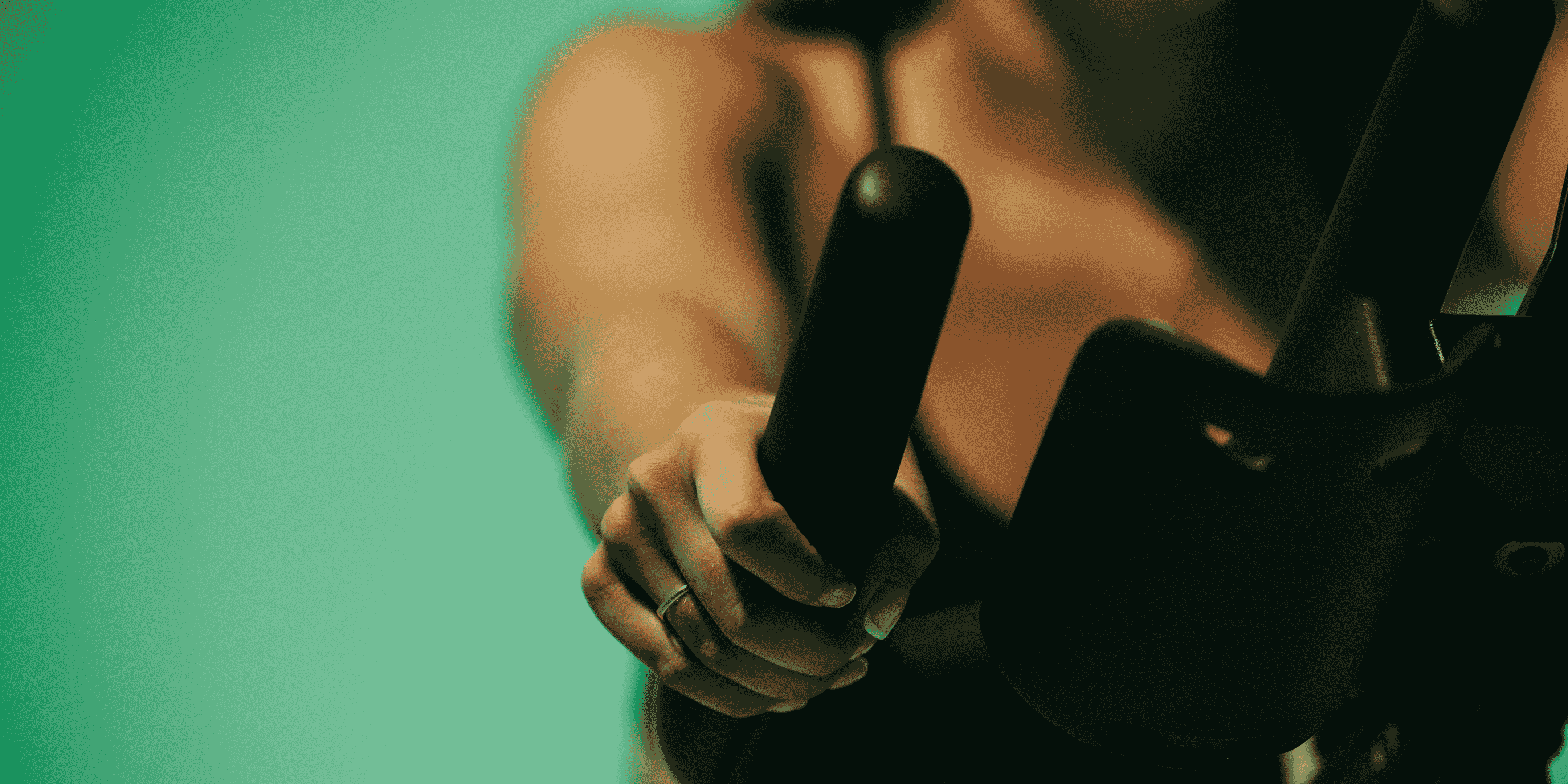Runner’s High
It’s official – running is taking over. It’s free, it gets you outdoors and it does wonders for your cardiovascular health!
Whether you’ve been in the running game for a while or you’re fresh to the fun, you’ll probably have experienced a conversation similar to this:
Imagine this: you’re standing there in front of your sneakers, dressed and ready to run but not quite out of the door yet. Two voices are battling against each other in your head:
“You don’t have to go, you know. You could stay home and relax”.
“Come on, you’ll feel so good when you’ve done it!”.
Many of you might agree that often that second voice can be right; as you progress through the run, you can often be overcome with feelings of relaxation and euphoria. You feel unstoppable. Tired yes, but unstoppable.
That’s the ‘runner’s high’ effect kicking in.
But what is the runner’s high, why do we get those feelings and does everyone get to enjoy this blissful running phenomenon?
What is ‘Runner’s High’?
The runner’s high refers to a temporary state of joy, calmness, and even euphoria experienced by runners during or after exercise. It’s not exclusive to running, though. Swimmers, cyclists, and rowers can all experience a similar natural “high” after a strenuous workout.
Think of it as entering a flow state, similar to the focused concentration you achieve during a particularly engaging task. You move effortlessly, unbothered by pain or worries. This mental state can extend your run, maximising the physical and mental benefits.
Endorphins cause runners high: fact or fiction?
When you run, hormones called endorphins are produced by your central nervous system (CNS) and pituitary glands and are released into the bloodstream.
Endorphins are neuropeptides, often called the “feel-good” chemicals, and act as natural painkillers, binding to opioid receptors in the brain and mimicking morphine’s effects.
These chemicals were traditionally credited to the runner’s high. While endorphins do contribute to the overall sense of well-being after exercise, recent research suggests that they might not be the main players in the euphoric sensations.
This is due to the fact they are large molecules that cannot cross the blood-brain barrier, limiting their direct impact on brain function.
However, they do play a role in pain management, allowing you to push through discomfort during a long run. Additionally, endorphins stimulate the production of dopamine, another feel-good hormone associated with reward and pleasure.
What are endocannabinoids?
Recent research has shed light on a new and more likely cause: endocannabinoids.
These biochemical substances are produced naturally by the body and act on your endocannabinoid system, the same system that’s affected by tetrahydrocannabinol (THC), the psychoactive compound found in, you guessed it, cannabis.
When we exercise, the levels of endocannabinoids in our bloodstream increase and are small enough to pass through into the brain, triggering feelings of relaxation and reduced anxiety.
So are endocannabinoids the cause?
While research is ongoing, evidence increasingly points towards endocannabinoids as the driving force behind the runner’s high.
For example, a study found that anandamide, a type of endocannabinoid, has been found in high levels in the blood of both humans and dogs who had completed a 30-minute run. Those who undertook a 30-minute walk did not see the same elevated levels.
This theory was supported by further research where scientists from the University Medical Center Hamburg-Eppendorf in Germany blocked the opioid receptor (and thus stopped them from absorbing endorphins) of 64 runners. Despite this block, the participants still reported feelings of euphoria with high levels of endocannabinoids, suggesting endorphins cannot be responsible.
How do we get a runner’s high?
The runner’s high isn’t guaranteed with every run, and individual experiences can vary. However, there are ways to increase your chances of experiencing this blissful state.
Find your flow
It’s all about sustained aerobic exercise. For some, this might be 30 minutes, while others may need to push closer to an hour.
Heart rate matters
Aim for moderate-to-high intensity exercise, with your heart rate reaching 70-85% of its maximum capacity. To feel the high, you’ve got to put in the work!
Mornings might Be magic
Research suggests higher endocannabinoid levels upon waking. So, a morning run might prime you for a euphoric experience and energise you for the day.
Does everyone experience runner’s high?
Not everyone gets to benefit from the post-run bliss. (But doesn’t that make you feel a bit better for not racing out of bed to run a half marathon every morning like other people seem to love doing).
For starters, many are simply not able to run far enough or at a high enough intensity for the chemical reactions to begin to take place.
If you don’t experience a runner’s high, don’t worry! Scientists are still uncertain as to why some people experience the feeling or not. Either way, you’ll still be reaping the cardiovascular and muscular benefits of exercise.
Don’t question it, just do it!
Ready to chase the runner’s high for yourself? While this article focused on the science, don’t forget the pure enjoyment of movement. So, ditch the overthinking, lace up your shoes, and get moving! You might just discover a new world of physical and mental well-being.
Time to run!
Join One Run club around Darling Harbour, Sydney, every Wednesday at 6am. Open to both members and non-members. Find all the info here.
 by One Playground
by One Playground




